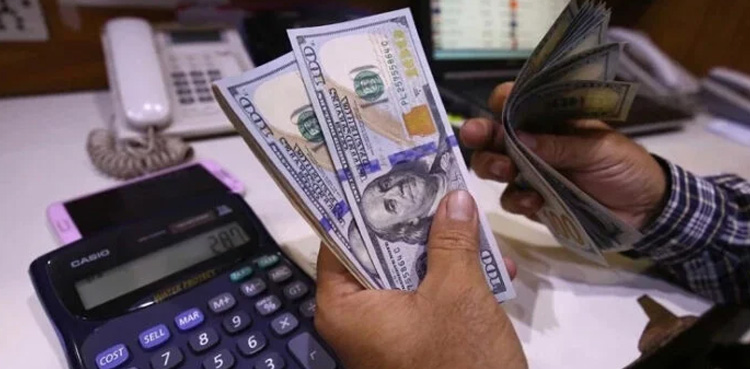ISLAMABAD: The Pakistan Rupee (PKR) on Tuesday appreciated by 10 paisa against the US Dollar (USD) in the interbank trading and closed at Rs 280.76 against the previous day’s closing of Rs 280.86.
However, according to the Forex Association of Pakistan (FAP), the buying and selling rates of the dollar in the open market stood at Rs 280.90 and Rs 282.40, respectively.
The price of the Euro decreased by Rs1.66 to close at Rs 322.78 against the last day’s closing of Rs 324.44, according to the State Bank of Pakistan (SBP).
The Japanese yen remained unchanged and closed at Rs1.99, whereas a decrease of Rs 1.07 paisa was witnessed in the exchange rate of the British Pound, which was traded at Rs 375.54 as compared to the last day’s closing of Rs 376.61.
The exchange rates of the Emirates Dirham and the Saudi Riyal decreased by 03 and 01 paisa to close at Rs 76.43 and 74.84 respectively.
Also read: Saudi Riyal to Pakistani Rupee Rate; April 22, 2025
The United States Dollar (USD) is the official currency of the United States and a pillar of the world financial system. Its origin goes back to the Coinage Act of 1792, but its rise to global fame gained momentum after World War I and was consolidated by the Bretton Woods Agreement of 1944. Under this agreement, other leading currencies were tied to the US Dollar, which itself was tied to gold, making the dollar the major reserve currency. Though the direct gold peg was subsequently discarded, the dollar’s established status and the dominance of the US economy and financial markets have helped to maintain its preeminence in international finance.
The US Dollar is absolutely vital to global trade because it is the world’s leading reserve currency. Central banks worldwide keep large proportions of their foreign exchange reserves in US Dollars, which provides a steady demand to sustain its value and liquidity. In addition, most international transactions, especially for major commodities such as oil and gold, are denominated and settled in US Dollars. Such extensive use makes international trade easier through less frequent necessity for currency exchange, thus diminishing costs of transaction and increasing the efficiency of the international market.


Leave a Comment